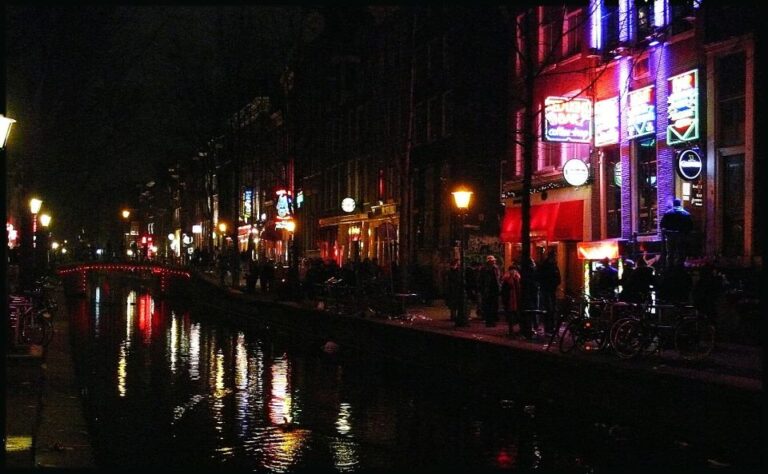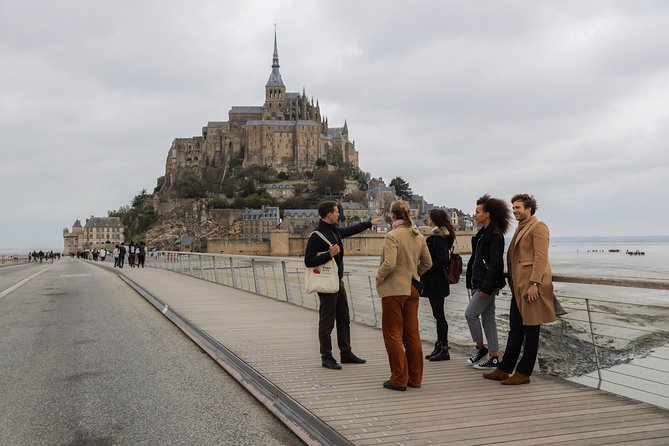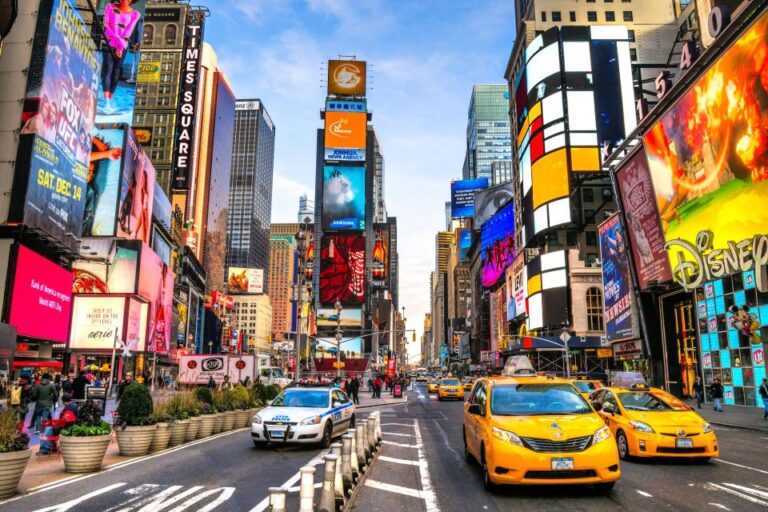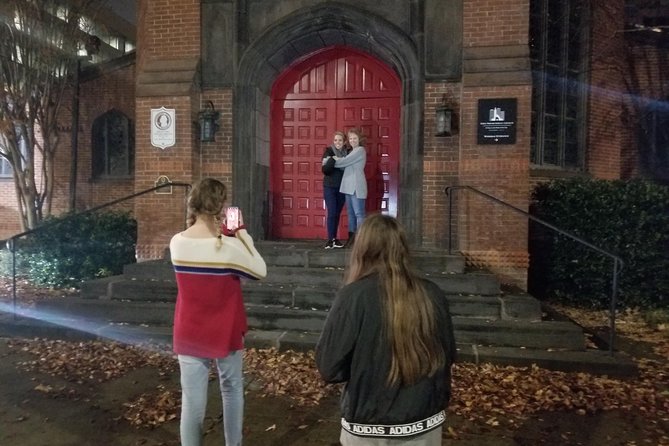Standing as a beacon of history and power, The White House exudes an aura of prestige and influence that captivates all who behold it. As the epicenter of American governance, this iconic structure has witnessed the ebb and flow of countless administrations, each leaving a unique imprint on its storied walls.
But beyond its facade lies a realm of secrets and stories waiting to be uncovered, shedding light on the inner workings of the nation’s highest office. Whether exploring its hallowed halls or observing from afar, the allure of The White House beckons curious minds to uncover the mysteries that lie within.
Key Points

- Symbol of democracy and power, hosting historic events and diplomatic meetings.
- Neoclassical and Palladian architectural styles with intricate details and grand columns.
- Residences exude grandeur and security, symbolizing national strength.
- Public tours offer glimpses into presidential history with enhanced security measures.
Historical Significance

The White House holds a remarkable historical significance in the United States, serving as the official residence and workplace of the President. Its impact on American history and culture is profound.
Throughout its existence, the White House has been the backdrop for crucial political decisions, historic events, and significant diplomatic meetings. The building’s iconic facade and interiors have become symbols of democracy and power, representing the essence of the nation.
The White House’s cultural importance extends beyond its political role, attracting travelers and historians from around the world to witness its grandeur and historical legacy. From hosting foreign dignitaries to shaping domestic policies, the White House stands as a testament to the country’s rich heritage and enduring influence.
Architectural Features

With its striking neoclassical design, the White House showcases a blend of architectural features that reflect both historical elegance and modern functionality. The White House embodies neoclassical and Palladian architectural styles, characterized by its symmetrical layout, grand columns, and a prominent central entrance.
Design elements such as the iconic portico, the elegant stone facade, and the spacious interior rooms contribute to its timeless appeal. The intricate details of the exterior, including the intricate carvings and meticulously designed windows, add to the overall grandeur of the building.
The White House’s architectural features not only serve as a symbol of American democracy but also stand as a testament to the artistry and craftsmanship of its builders.
Presidential Residences

Nestled among the lush landscapes of the United States are the opulent and historically significant Presidential Residences.
- The presidential lifestyle exudes grandeur and prestige.
- Security measures are stringent and constantly evolving to ensure the safety of the Commander-in-Chief.
- These residences serve as both a private sanctuary for the President and a symbol of the nation’s strength and leadership.
- Each residence is equipped with state-of-the-art security systems, including surveillance cameras, bulletproof glass, and highly trained security personnel.
These residences not only reflect the power and authority of the presidency but also stand as a testament to the rich history and tradition of the United States.
Public Tours

Exploring the White House through public tours offers visitors a glimpse into the prestigious world of presidential history and governance. The visitor experience is enhanced by the intricate security measures in place to ensure the safety of all guests. Before embarking on the tour, visitors must undergo stringent security checks to enter the iconic building.
Once inside, guests are treated to a firsthand view of the historic rooms and artifacts that have shaped the nation’s past. The security measures not only protect the integrity of the White House but also add a sense of importance to the tour.
Neighboring Landmarks
Adjacent to the White House lies a cluster of iconic landmarks that form a historical tapestry of the nation’s capital. These neighboring attractions showcase the rich cultural influence of the area:
- The National Mall: A sprawling green space lined with museums and monuments.
- The Lincoln Memorial: A tribute to the 16th President of the United States.
- The Washington Monument: An iconic obelisk honoring George Washington.
- The Smithsonian Museums: A collection of diverse museums offering insights into art, history, and science.
These local attractions not only provide a glimpse into the history of the United States but also contribute to the vibrant cultural tapestry of Washington D.C.
Visitor Information

Just steps away from these cultural landmarks, visitors to the White House can find essential information to enhance their experience.
When planning a visit, guests can expect a well-rounded visitor experience by exploring nearby tourist attractions like the Washington Monument and the Lincoln Memorial. The visitor information includes details on pricing, location, and what to expect during the tour.
This private tour/activity ensures that only your group participates, offering a more personalized touch to the experience. With a 5.0 overall rating and 57 reviews from Viator and Tripadvisor, guests can trust the authenticity of the tour.
Plus, cancellation policies and contact information for customer support are readily available for travelers’ convenience. Make the most of your visit to the White House with these helpful insights.
Common questions
Is Photography Allowed During the Tour of the White House?
Photography enhances the tour experience by capturing memorable moments. It’s important to follow guidelines for photography during the tour. Pay attention to any restrictions or rules to ensure a smooth and enjoyable experience for all.
Are There Any Specific Dress Code Requirements for Visitors to the White House?
Dress code and etiquette guidelines are essential for visitors at various locations. Understanding appropriate attire and behavior enriches the experience. Following specific rules ensures respect for the environment and enhances the overall visit.
Can Visitors Bring Food or Drinks Inside the White House?
Visitors must adhere to food restrictions and drink limitations. Typically, outside food or beverages aren’t allowed due to security and preservation concerns. It’s advisable to check with the venue for specific guidelines to avoid any issues during the visit.
Are There Any Age Restrictions for Children Visiting the White House?
Parental supervision is crucial during visits with age limits. Educational opportunities await families on vacation. Ensure children follow guidelines for a memorable experience. Engage kids with history and civics in a safe environment.
Are There Any Specific Security Measures in Place for Visitors to the White House?
Visitor screening at security checkpoints ensures safety. Measures include metal detectors, X-ray scanners, and bag inspections. Strict protocols for prohibited items are enforced. Visitors should expect thorough screening to enter the premises securely.
Not for you? Here's a few more great experiences in the region
- Hiking in the Vineyard in Banyuls-sur-Mer
- Private Wine Tasting and Walks in the Vineyards of Rivesaltes
- Walks in the Heart of the Secret Vineyards Around Collioure, Tastings
- Ambushes and Wine Tasting
- Discovery of ‘Organs and Truffles’
- Côte De Boeuf Party and Wine Tasting
- Private Commented Excursion in Argelès-sur-Mer by 2 CV Citroën
- Over Water and Bird Songs
- Parasailing
- The “Break in Prison” Room
Final Words
To sum it up, The White House stands as a symbol of American history and democracy, showcasing its neoclassical architecture and rich political legacy.
Visitors can explore its historical significance, architectural features, and presidential residences, making it a must-visit destination in Washington D.C.
Whether admiring its grandeur or reflecting on its role in shaping global affairs, The White House offers a unique and immersive experience for all who pass through its iconic doors.






